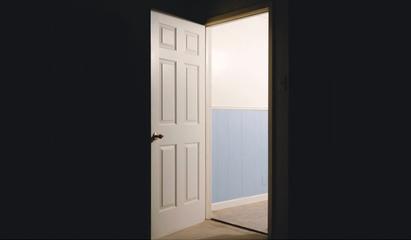How Lenders Evaluate Occupancy Types
Written by:
Dan Silva
Dan is the Vice President of Marketplace Lending at Own Up. Throughout his career, he has held executive leadership positions in the mortgage and banking industry.
See full bio

Lenders categorize loans based on how the property is occupied. Lenders categorize the occupancy of a property as:
- Primary Residence
- Second home
- Investment Property
The way in which a borrower occupies a property dictates the underwriting guidelines that must be followed before approving a loan (e.g. an investment property can have rental income whereas a primary residence cannot). Moreover, the way a borrower occupies a property helps define the risk profile of the loan.
What You Need to Know
Primary Residence
A property is considered a primary residence if it meets the following criteria:
- Occupied by the borrower for at least six months out of the year and the address of record for taxes, voter registration, etc.
- Located within a reasonable commuting distance to the borrower’s place of employment
- Borrower declares an intention to occupy the property as a primary residence
- The property must be occupied by the borrower within sixty (60) days of closing or completion
Second Home
A 1-unit property owned by an individual who is also the borrower, occupied by the borrower for some portion of the year and the property must be:
- In such a location as to function reasonably as a second home (i.e. remote in distance from the Borrower’s primary residence)
- Suitable for year-round occupancy
- Available for the borrower’s exclusive use and enjoyment
- The property must not be:
- Subject to any timesharing or other shared ownership arrangement
- A unit in a condominium hotel – aka “condotel”
- Subject to any rental pools or agreements that require the Borrower to rent the property, give a management company control over the occupancy of the property, or involve revenue sharing between any owners and the developer or another party.
Investment Property
A real estate property that has been purchased with the intention of earning a return on the investment, either through rent, the future resale of the property, or both.
Impact on Interest Rates
The rate for a primary residence is typically less than that of a second home or investment property because the perceived risk to a lender is less because borrowers are less likely to miss payments on the house where they live versus a property they do not occupy or only occupy part of the year.
Want to see how much you can save on your mortgage?


